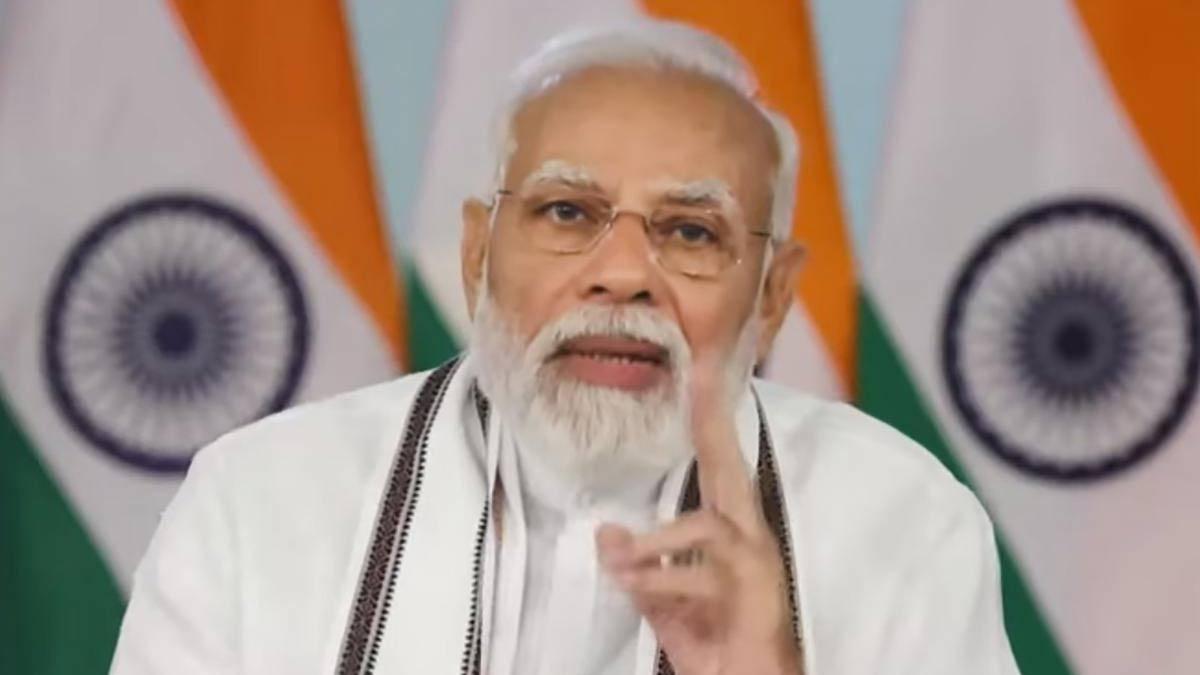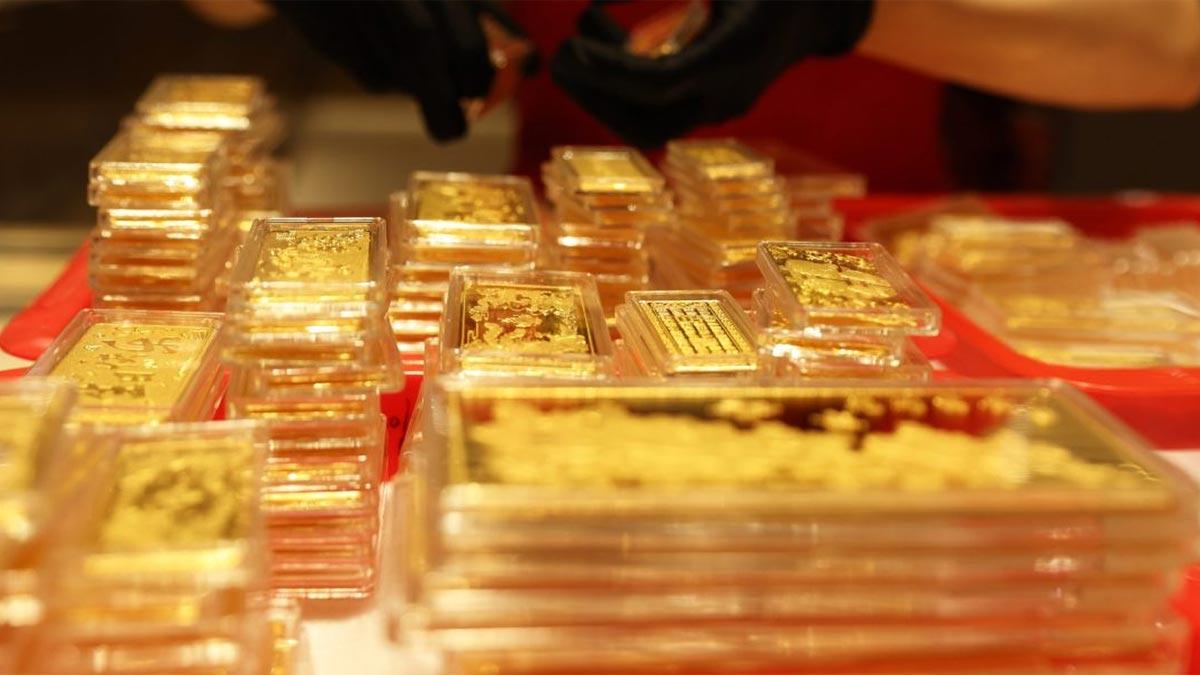India's trade deficit for merchandise declined to its lowest in more than three years, falling to $14.05 billion last February from $22.99 billion in January. The decrease was fueled by even exports and the steep fall in imports, based on data published by the Ministry of Commerce and Industry.
Exports of merchandise showed a moderate gain of 1.3 percent at $36.91 billion in February versus January's $36.43 billion. Import shipments, however, posted a sudden fall of 16.3 percent at $50.96 billion versus last month's $59.42 billion.
The trade deficit has touched its lowest level since August 2021, mainly because of a sharp decline in imports, steady export levels, and the effect of a high base effect in February last year," Additional Secretary of the Ministry of Commerce and Industry, L Satya Srinivas, said. Cumulatively, the trade deficit during the first 11 months of the financial year was $261.05 billion.
Though merchandise exports stayed steady, imports grew by 5.7 percent over the same period last year. In the services sector, exports depreciated to $35.03 billion, down by 9.1 percent from January, while imports took a similar plunge at $16.55 billion.
Gold imports during the financial year till date amounted to $53.53 billion, while oil imports were at $166.73 billion. Non-oil exports were at $337.01 billion. Top sectors that are driving export growth were electronic goods, engineering goods, pharmaceuticals, rice, and gems & jewellery.
India's export of smartphones saw phenomenal growth, crossing Rs 1.75 lakh crore ($21 billion) during April-Feb of the financial year 2024-25—registering a 54 percent increase over the same period of 2023-24, as per the India Cellular & Electronics Association.
Minister for Electronics and IT Ashwini Vaishnaw had previously forecast smartphone exports touching $20 billion (Rs 1.68 lakh crore) for the year as a whole. Yet that target has now been surpassed with 11 months still left on the clock.
The speedy growth of India's electronics exports, led by smartphones, owes much to the government's Production Linked Incentive (PLI) program. The scheme has drawn big global tech players such as Apple and its suppliers, who are increasingly seeking to diversify supply chains away from China in the face of U.S. sanctions. The PLI scheme has greatly supported exports while suppressing imports, with local manufacturing now serving 99 percent of India's electronics needs.
Read also| Indian Startups Secure $462 Million in a Robust Funding Surge


















